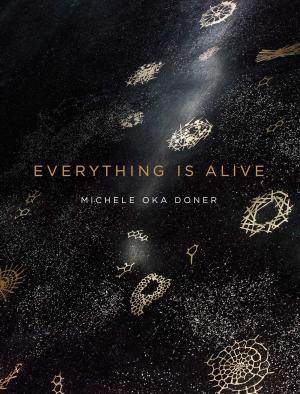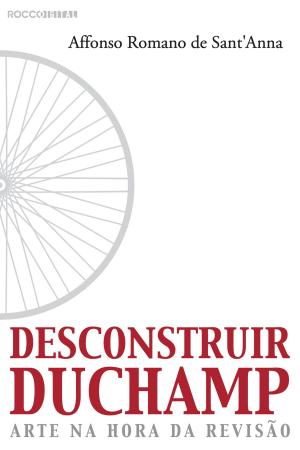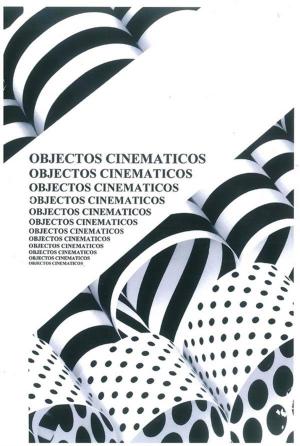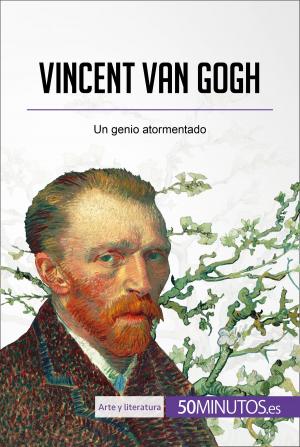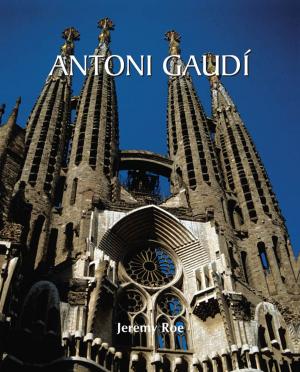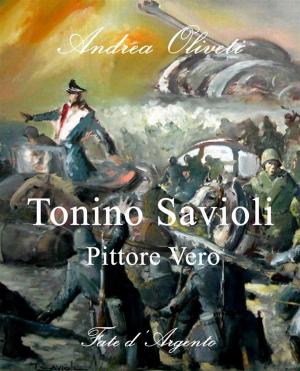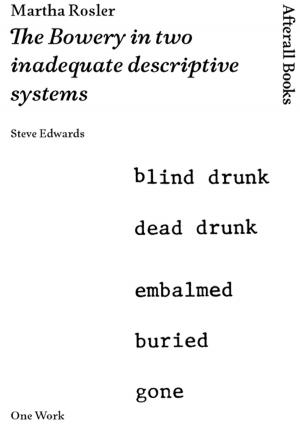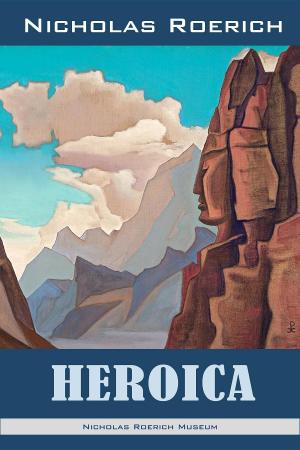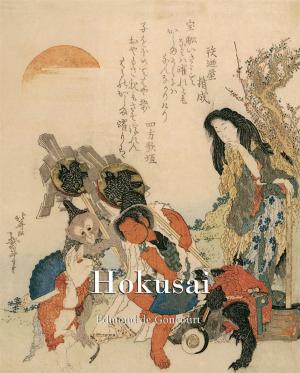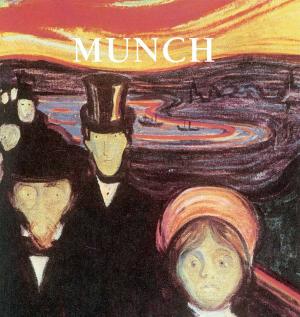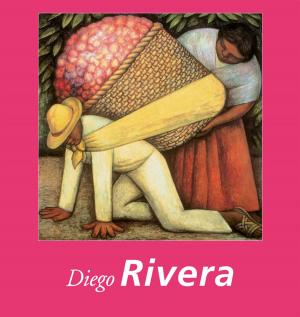| Author: | Wendy W Rodrigue | ISBN: | 9781935754312 |
| Publisher: | University of Louisiana at Lafayette Press | Publication: | October 1, 2013 |
| Imprint: | University of Louisiana at Lafayette Press | Language: | English |
| Author: | Wendy W Rodrigue |
| ISBN: | 9781935754312 |
| Publisher: | University of Louisiana at Lafayette Press |
| Publication: | October 1, 2013 |
| Imprint: | University of Louisiana at Lafayette Press |
| Language: | English |
Wendy Rodrigue's book, "The Other Side of the Painting," derives from her popular blog, Musings of an Artist's Wife. "She's the other side of my hit record," joked Wendy's husband, artist George Rodrigue, the impetus for the original online project, as it began in 2009. In the book, Wendy reveals for the first time in print the personal history behind Rodrigue's art. Although based on her blog, Wendy approaches many of her early subjects in a new way, while reorganizing her favorite posts into chapters such as, "It's like I'm gonna get a stick stuck in my eye, and I can't wait to get it 'cause it's good for me," illuminating lively debates on the arts between husband and wife, and "Treat your painting like a jewel," which shares the methods and lessons that helped shape Rodrigue's art. She also addresses in detail the early history of Rodrigue's Blue Dog, along with analyses and quotes from the artist describing some of his most famous Cajun and Blue Dog works. The book weaves Rodrigue's New Iberia, Louisiana, childhood with Wendy's in Fort Walton Beach, Florida, revealing both as rooted in the arts, yet products of 1950s and 1970s parents and society. The chapters "Born on the Beach" and "A Woolf inspires a Wolfe" are Wendy at her most vulnerable. It was these posts, to her surprise, that resonated most with her blog readers. In "The Other Side of the Painting," she restructures and approaches these essays anew, exposing the personal history and inspirations that brought her not only to a life devoted to art history, but also to a life as muse and archivist to one artist.
Wendy Rodrigue's book, "The Other Side of the Painting," derives from her popular blog, Musings of an Artist's Wife. "She's the other side of my hit record," joked Wendy's husband, artist George Rodrigue, the impetus for the original online project, as it began in 2009. In the book, Wendy reveals for the first time in print the personal history behind Rodrigue's art. Although based on her blog, Wendy approaches many of her early subjects in a new way, while reorganizing her favorite posts into chapters such as, "It's like I'm gonna get a stick stuck in my eye, and I can't wait to get it 'cause it's good for me," illuminating lively debates on the arts between husband and wife, and "Treat your painting like a jewel," which shares the methods and lessons that helped shape Rodrigue's art. She also addresses in detail the early history of Rodrigue's Blue Dog, along with analyses and quotes from the artist describing some of his most famous Cajun and Blue Dog works. The book weaves Rodrigue's New Iberia, Louisiana, childhood with Wendy's in Fort Walton Beach, Florida, revealing both as rooted in the arts, yet products of 1950s and 1970s parents and society. The chapters "Born on the Beach" and "A Woolf inspires a Wolfe" are Wendy at her most vulnerable. It was these posts, to her surprise, that resonated most with her blog readers. In "The Other Side of the Painting," she restructures and approaches these essays anew, exposing the personal history and inspirations that brought her not only to a life devoted to art history, but also to a life as muse and archivist to one artist.

